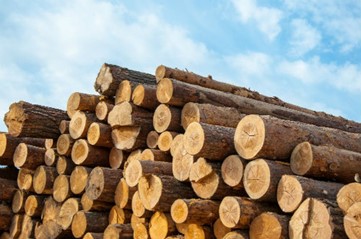HIGHLIGHTS
PROGRAM UPDATES
Think Wood Continues to Press Wood’s Carbon Benefits Robust Fire Testing Underpins Group A Code Change Proposal New Content From Think Wood Supports Designers in Creating Affordable Housing Solutions WoodWorks Debuts Its New LookINDUSTRY NEWS
Stability Characterizes Remodeling Market Over Past 25 Years Wood’s Aesthetics, Sustainability Entice Workers Back into the Office New Analysis Suggests U.S. Forests in Abundant Supply Wood: A Cornerstone of the Circular Economy and Built Environment Richard Lyall Joins CTBUH Steering Committee on Tall Hybrid BuildingsINSIGHTS ON THE COMPETITION
Vote Pending for CMU CheckoffProgram Updates
Think Wood Continues to Press Wood’s Carbon Benefits
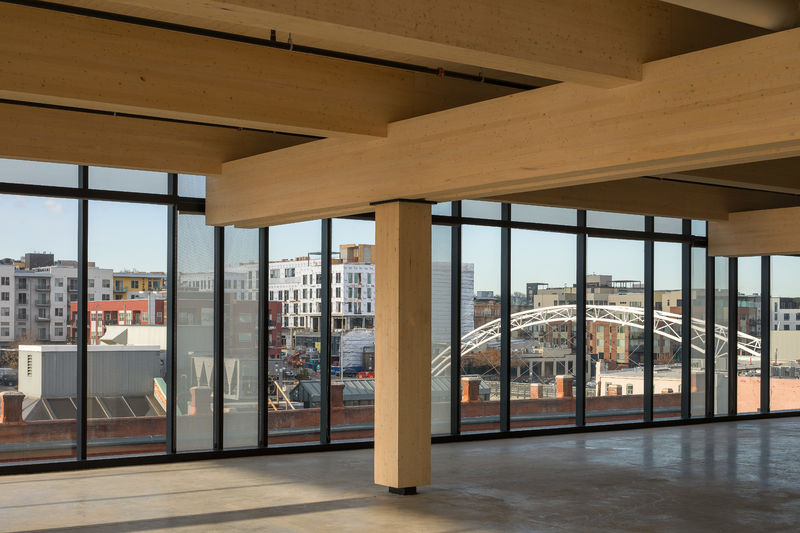
Think Wood continues to develop data-driven resources on embodied carbon in the built environment to meet the interest and needs of architecture, engineering, and construction (AEC) professionals for carbon-reduction strategies. Think Wood recently published two white papers, “Understanding the Role of Embodied Carbon in Climate-Smart Buildings” and “ESG Provides Tailwind for Mass Timber Buildings,” and, with funding from the Binational Softwood Lumber Council, published a life cycle analysis and comparative cost study of the Platte Fifteen building in Denver, authored by KL&A Engineers and Builders and Adolfson & Peterson Construction. The study compares the mass timber Platte Fifteen building with steel and concrete designs to assess differences in global warming potential; findings suggest that the building’s mass timber structural system delivers measurable embodied carbon savings with minimal cost differences.
In July, Think Wood teamed up with the Chicago chapter of the Carbon Leadership Forum (CLF) to put on a 60-minute webinar presentation, Wood for a Lighter Carbon Footprint. The webinar featured a presentation from WoodWorks’ Bill Parsons and included a lively Q&A that was moderated by David Swain of Studio Gang. A recording of the webinar will soon be available on the CLF Chicago chapter’s YouTube channel and the national CLF online forum.
In early August, Think Wood sponsored an editorial webinar through Architectural Record titled How Sustainable Is Wood?, which explored the factors that influence wood products’ carbon sequestration capacity. The webinar featured well-known mass timber practitioners: Andrew Waugh, Waugh Thistleton; John Klein, Generate; and Heather Holdridge, Lake|Flato Architects, as well as CLF’s Stephanie Carlisle.
Robust Fire Testing Underpins Group A Code Change Proposal
Through written comment, the AWC has expressed its support for ICC code change proposal G147-21 ahead of upcoming public comment hearings in September. G147-21 will allow for 100% exposed mass timber ceilings in buildings up to 12 stories, compared with the 20% permitted in the 2021 IBC. The AWC expects that this proposal, in particular, will draw considerable floor testimony based on its market implications in lowering the cost of Type IV-B mass timber construction.
The AWC’s support of G147-21 is premised on evidence generated through AWC-sponsored and USDA-funded compartment fire tests at the Research Institute of Sweden (RISE). These tests proved the fire safety and performance of the latest generation of cross laminated timber (CLT) adhesives, and the results were cited extensively during the committee action hearings prior to the committee’s recommending the proposal for approval.
View the AWC’s recent webinar, available as an e-course, to learn more about the RISE testing results and how they support G147-21.
New Content From Think Wood Supports Designers in Creating Affordable Housing Solutions
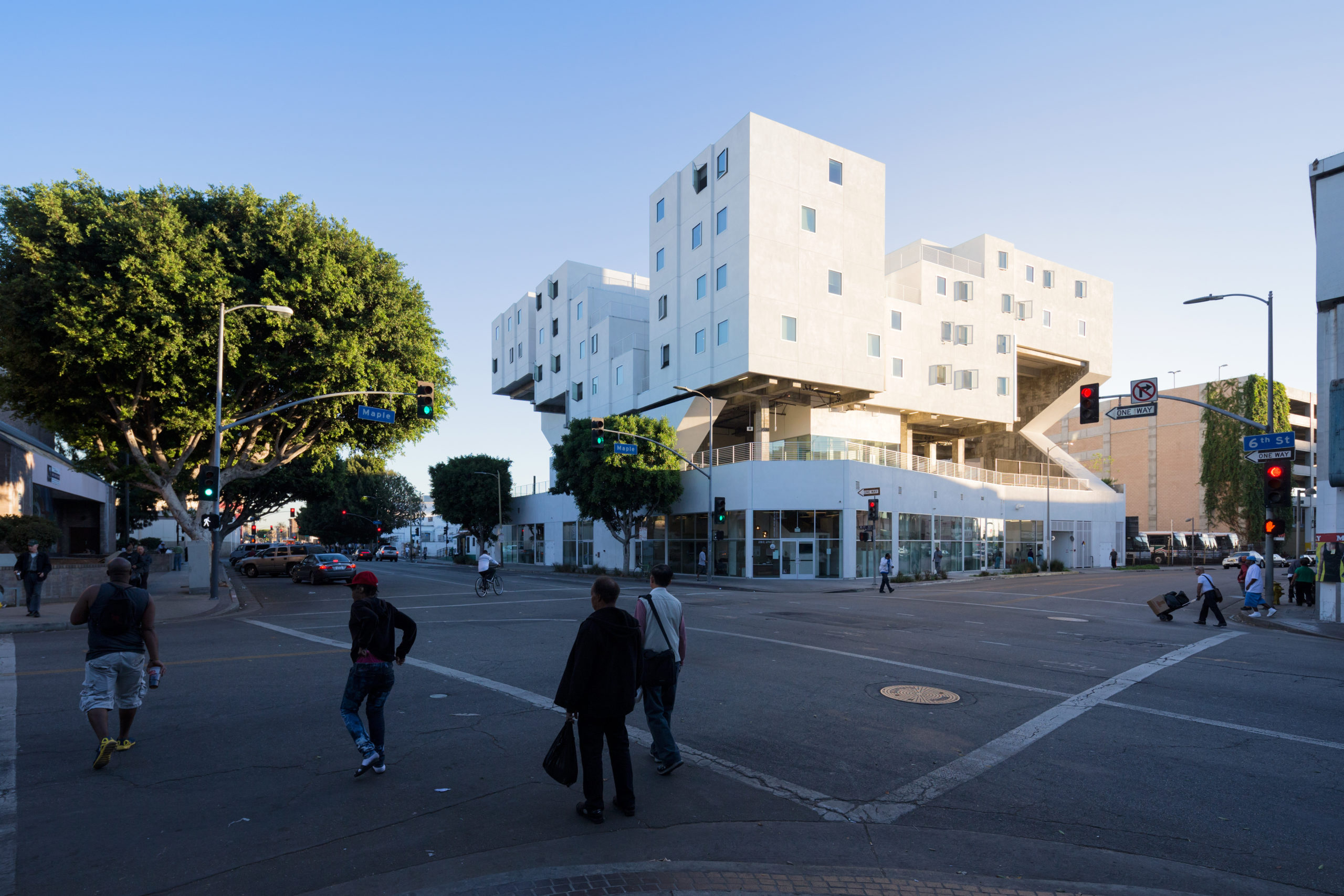
Economic and employment uncertainty during the pandemic has deepened an existing affordable housing crisis, and the design community is eager to better understand what levers it can pull to make housing more affordable across the United States. A January 2021 survey of Think Wood’s database cited affordable housing as the number five timber trend of the year.
To address growing interest, Think Wood developed multimedia editorial content, including a new blog, Five Prototypes Making Housing More Affordable in America. The blog features innovative housing designs built from mass timber, light-frame, and modular construction, and it highlights the associated benefits of each material.
Think Wood will also soon promote the launch of The Future of Wood Construction, a Q&A video featuring Bill Parsons of WoodWorks and produced by Housing Innovation Collaborative (HICo), a nonprofit, affordable housing–focused research and development platform. The video, which will be linked on HICo’s YouTube channel, launched in August as part of a larger effort to feature building materials and their impact on affordable housing.

Think Wood will continue to monitor affordable housing efforts and identify opportunities where wood can be a part of the conversation.
WoodWorks Debuts Its New Look

In August, WoodWorks unveiled a new logo and branding to better embody its mandate to support the development of light-frame, mass timber, and hybrid projects through project support and education. Working with a communications consultant, WoodWorks engaged its staff, partners, and the AEC community in its rebranding. The resultant look reflects WoodWorks’ role at the nexus between sustainability and construction. It will be integrated across all of WoodWorks’ current platforms, including a newly redesigned website that is scheduled to launch later this year.
Industry News
Stability Characterizes Remodeling Market Over Past 25 Years
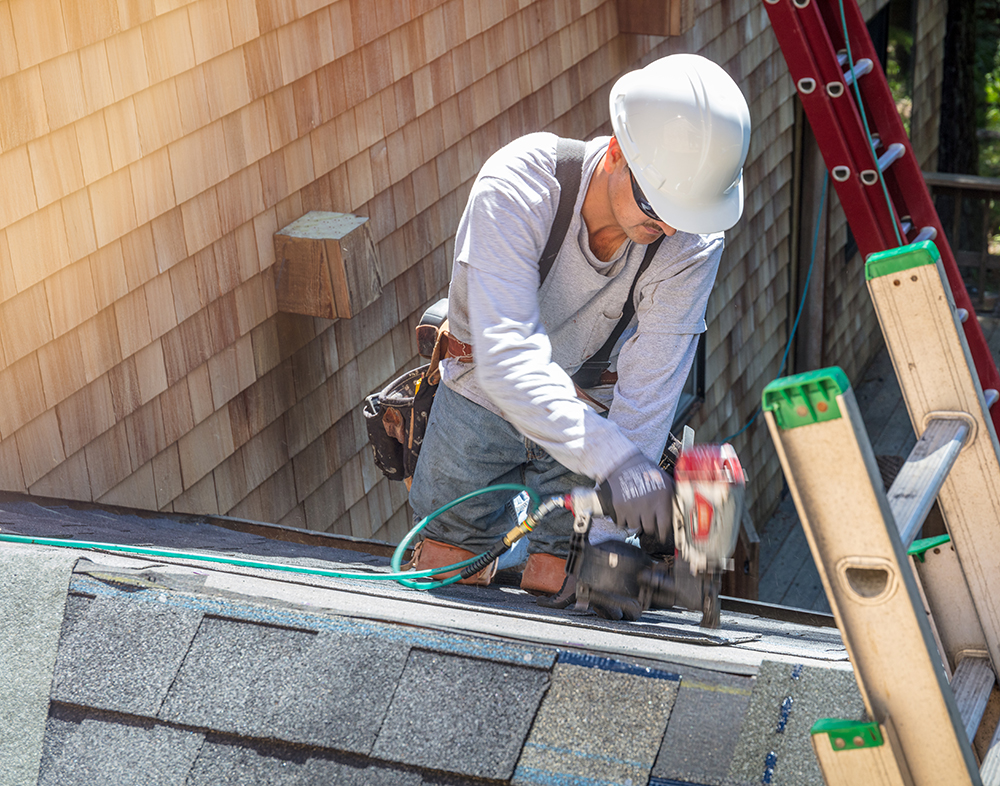
In a new blog for Harvard University’s Joint Center for Housing Studies, Kermit Baker, the recently retired director of the center’s Remodeling Futures Program, reflected on key findings from his 25-year career of studying the residential remodeling industry. According to Baker, the remodeling market has been remarkably stable over the past 25 years and has made, and continues to make, vital contributions toward meeting evolving housing needs, including affordable housing. Home improvement decision-making and expenditures have proven fairly predictable over time, with households typically spending more on improvements soon before or immediately after home purchases. Contrary to popular belief, lower-income households are just as important as upper-income households to the overall remodeling market, though the types of improvement investments each group makes differ.
Read Kermit Baker’s entire blog here.
Wood’s Aesthetics, Sustainability Entice Workers Back into the Office
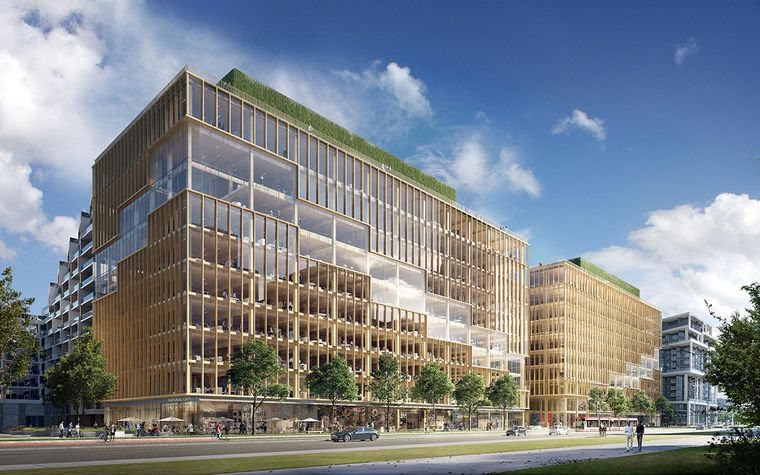
Canada’s Globe and Mail recently covered how building designers are using the aesthetic, biophilic, and sustainability values of wood to help lure tenants back to commercial office spaces, following more than a year of remote work.
The piece cites several well-known real estate investment and architecture firms whose use of mass timber is creating successful outcomes for their commercial clients. Real estate investment firm Hines is chief among these, thanks to its pioneering Timber, Transit, Technology (T3) design. Demand for space in T3 buildings has remained strong despite the pandemic, and Hines expects that mass timber will play a key role in helping workers in mass timber buildings return more quickly than those working in traditional concrete structures. According to Senior Managing Director Syl Apps, “There are a number of studies comparing timber buildings versus nontimber, and they consistently show that across multiple metrics, employees are happier and more productive in environments that are timber.”
Read more about mass timber’s comparative advantages in commercial spaces and the push to return workforces to the office here.
New Analysis Suggests U.S. Forests in Abundant Supply
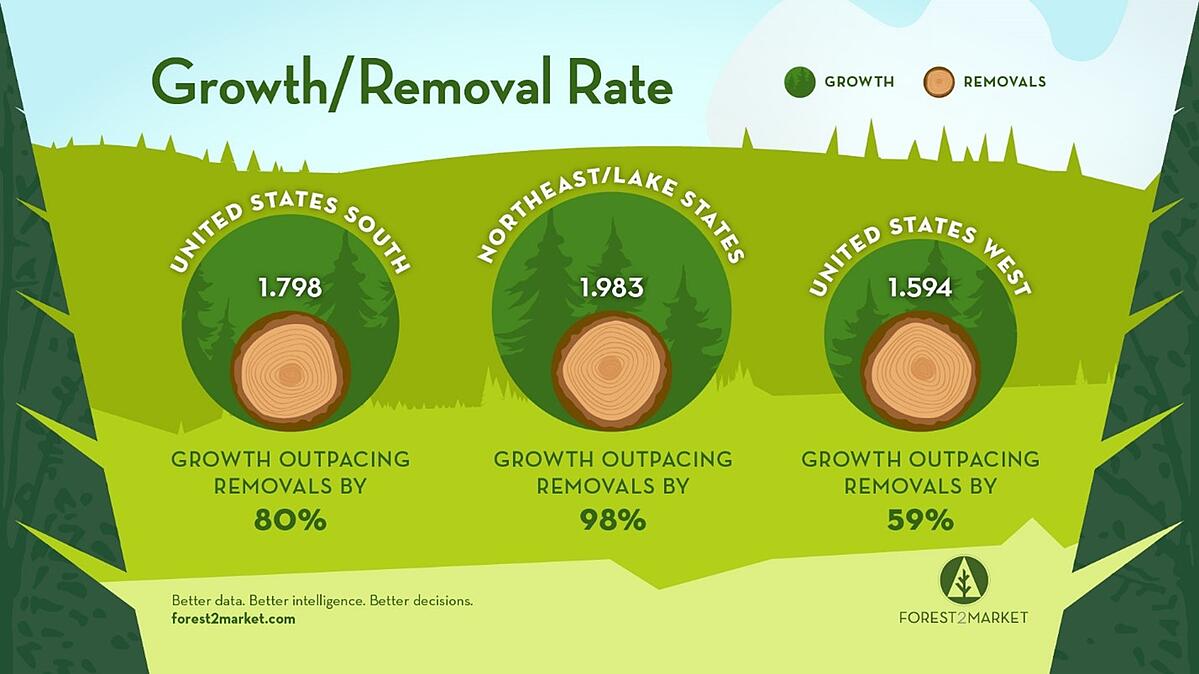
Timber analytics firm Forest2Market published new analysis on the ongoing sustainability and availability of U.S. forests, based on U.S. Forest Service and other data regarding the balance of tree growth and removals over time. The findings indicate that tree growth is outpacing removals by 59% or more across all regions of the United States, signaling an excess of available supply. This dovetails with data that suggests that private forest owners alone are growing 43% more wood than they remove from their timberlands, thanks in part to productivity improvements and innovation.
These findings stand in sharp contrast with the widespread public perception that forests in the U.S. are being abused and destroyed. The author notes the importance of continuing to incentivize working forests and increased forest stocking levels to support forests’ economic viability and the creation of vital environmental and carbon benefits for us all.
Read a summary of Forest2Market’s analysis here.
Wood: A Cornerstone of the Circular Economy and Built Environment
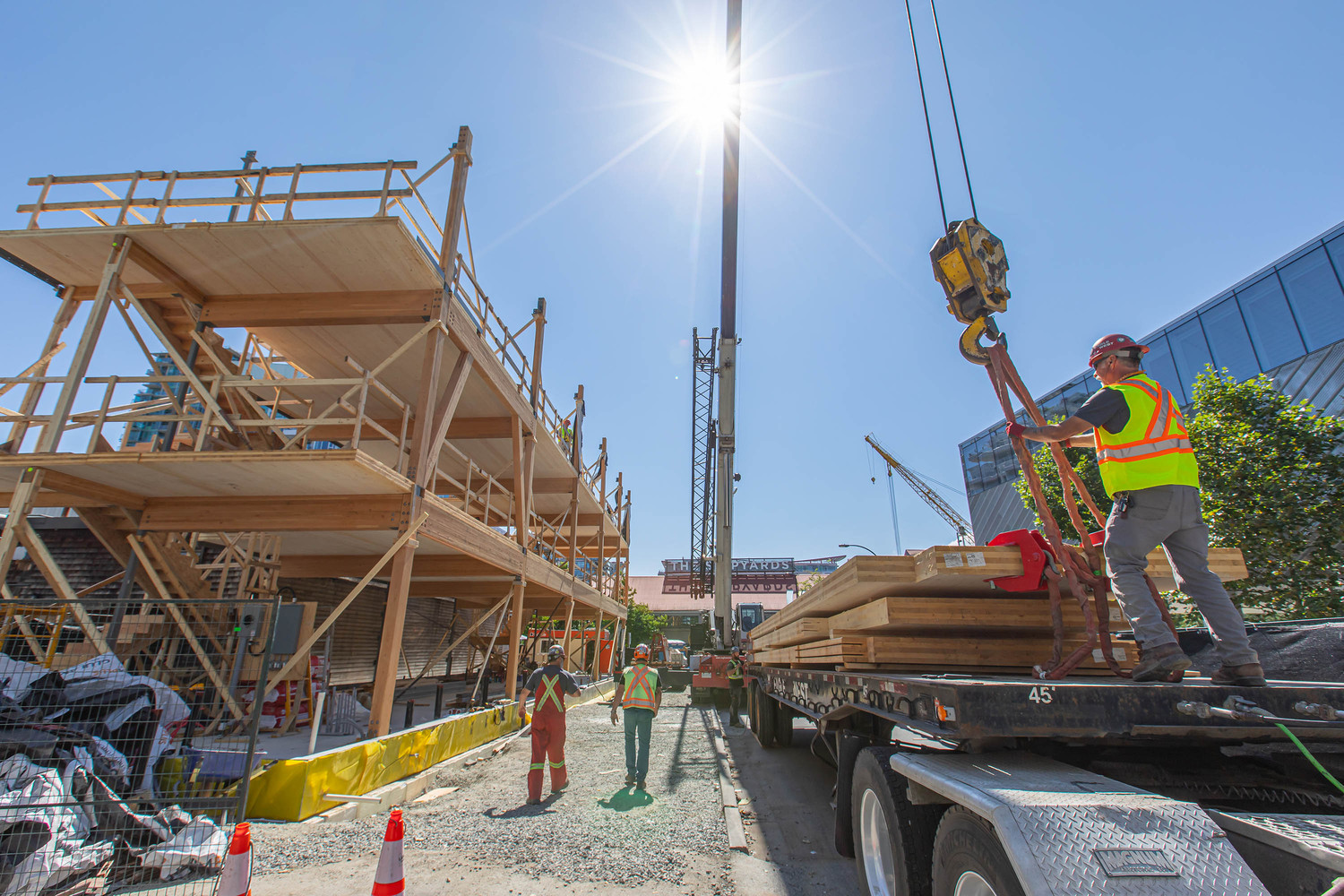
In a recent piece, “Design for Deconstruction,” ArchDaily singles out wood and mass timber products as key to achieving a lower carbon footprint in the built environment and greater long-term sustainability. The piece cites the circular economy and the built environment sector in Canada in praising wood as the lone construction material made from a renewable resource; for its versatility, durability, and carbon sequestration abilities; and for its ability to be converted to wood fiber and other bio-based products following the conclusion of a building’s useful life, further increasing material productivity and reducing waste.
Read more about how wood supports reduced environmental impact from the building sector here.
Richard Lyall Joins CTBUH Steering Committee on Tall Hybrid Buildings
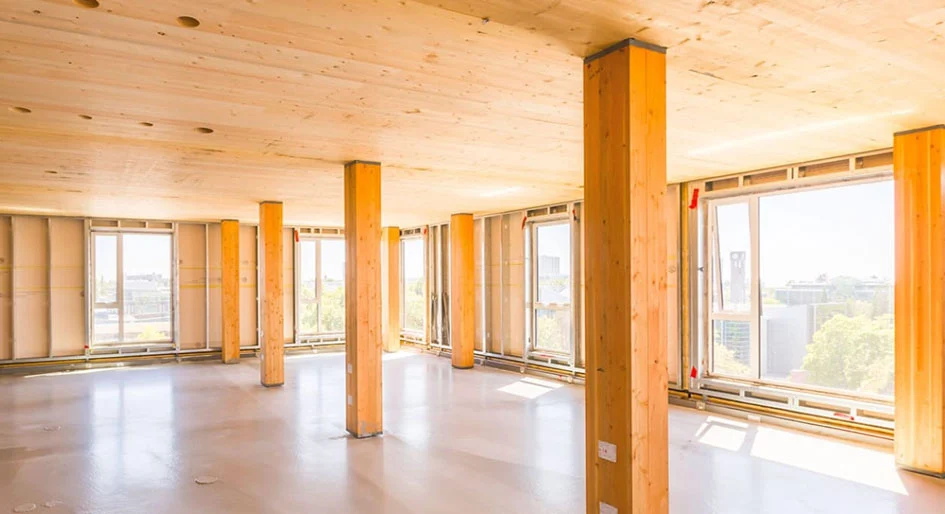
Richard Lyall, president of the Residential Construction Council of Ontario, has been named to the Council on Tall Buildings and Urban Habitat’s (CTBUH’s) five-member steering committee that will oversee the Future Potential of Steel-Timber Composite Structures research project. The two-year project, funded by constructsteel, will study the design, life-cycle cost, environmental, and market benefits of using hybrid steel-mass timber building systems in high-rise buildings. Lyall is also on CTBUH’s Future Timber City research project, which is looking at the design, technologies, construction, and planning needs to build a future mass timber community.
Both projects respond to the growing demand of policy makers and society at large to pursue more sustainable construction methods to reduce carbon emissions.
Read more about Lyall’s appointment here.
Insights on the Competition
Vote Pending for CMU Checkoff

According to an interview with Rocky Jenkins, the 2021 National Concrete Masonry Association Chairman, the push for the creation of the CMU Checkoff is back on track with several key milestones occurring this summer and fall. If approved by referendum, the proposed Concrete Masonry Products Board will institute a one-cent collection on all concrete masonry units at first point of sale and use the revenue to promote concrete masonry’s value proposition. Similar to what the SLB does for softwood lumber, the CMU Checkoff will channel its resources to conduct research to influence more concrete-friendly building codes; communicate the value of concrete to AEC and related professionals; provide design support to current concrete masonry practitioners; and build skilled labor capacity for concrete construction.
Registration for the CMU Checkoff referendum is now open, though the voting period has yet to be announced.
Read more from Jenkins about the checkoff and other concrete industry priorities here.
Industry Resources
FEA’s Housing Dashboard
This housing dashboard is provided compliments of Forest Economic Advisors (FEA):
View the August Dashboard
Virginia Tech's Monthly Housing Report
This monthly housing commentary report is a free service of Virginia Tech and is intended to help one gauge future business activity in the U.S. housing market.
June 2021 Reports (released in August 2021)
Part A: June Housing Commentary
Part B: June Economic Conditions


